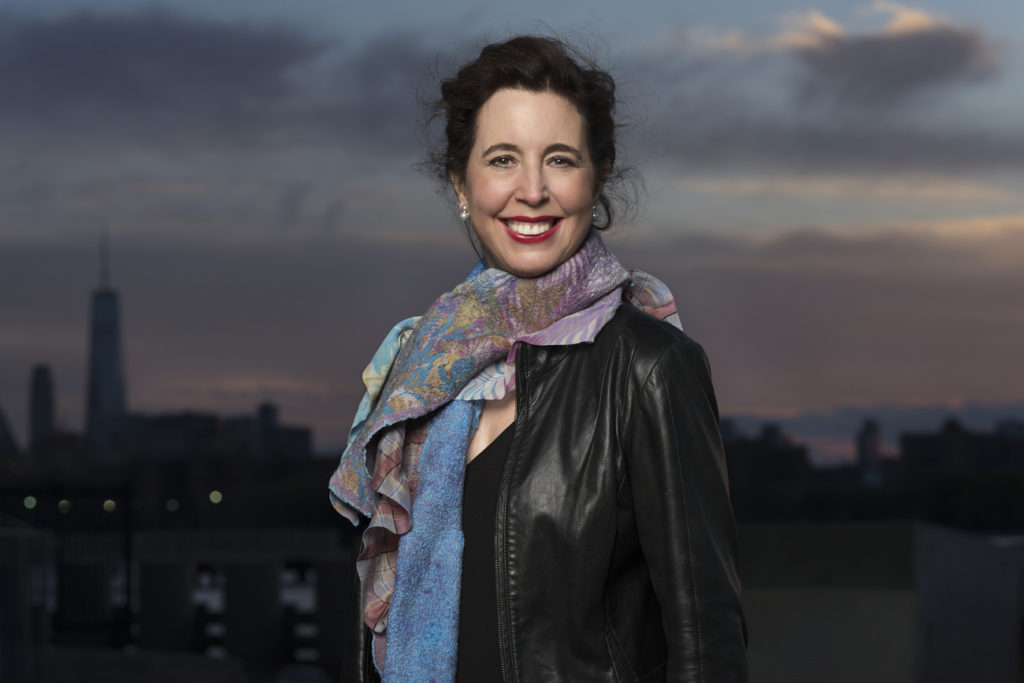
PIANIST Angela Hewitt played preludes and fugues, framing examples by Mendelssohn, Shostakovich and Barber with the original master himself, J S Bach. These bare facts mask a multitude of subtleties and a sensational technique. She held her capacity audience spellbound.
Most performers are ill advised to open with an address, just when the punters are all agog with anticipation. But her words were delivered so graciously, with wit and charm, that we were delighted to hear her insights. And she was insistent on no applause until the interval, a smart decision that helped everyone’s focus.
In mid-career Mendelssohn made a deliberate study of Bach’s counterpoint, which resulted in his six Preludes & Fugues, Op 35. The first of these swerves between E minor and E major. Hewitt made a stunning moto perpetuo of its prelude, before robustly highlighting the fugue subject in a majestic crescendo to its climactic chorale.
Shostakovich was another composer to hold Bach in reverence and he wrote a full set of 24 Preludes & Fugues, Op 87 in 1951. The spare textures of the F minor fugue, No. 18, are ideally suited to Hewitt’s style and its counterpoint emerged with immense clarity.
Even more incisive was the demanding fugue that concludes Barber’s piano sonata, its relentless cross-accents dazzling at high speed.
Hewitt had opened with the earliest numbers from the Book I of Bach’s Well-tempered Clavier, a handful more than the programme had promised – perhaps she was in the zone and forgot herself. No-one minded in the least, quite the contrary. Her ability to give differing degrees of prominence to contrapuntal lines, even as many as three or four, remains one of the wonders of her intelligent approach to Bach.
The last of Bach’s six partitas (dance suites in all but name), BWV 830 in E minor, is one of the towering monuments of the keyboard repertory. The crispness of her rhythms was especially apparent here.
After a rhapsodic Toccata, with a fine central fugue, the Allemande was phrased with particular subtlety, so that the succeeding Corrente, taken at some pace, had a jack-in-the-box flavour by comparison; the abrupt Air was brisk too.
The stately Sarabande was deeply melancholic, its dotted rhythms making it taut, even edgy. There was room here for a touch more serenity. After a witty Gavotte, the Gigue, even with the jagged intervals of its fugue, was remarkably balletic, further testament – although none was needed – to Hewitt’s prodigious dexterity, both mental and physical.
As an encore, she wound down with the very first of Mendelssohn’s Songs without Words, in E major, generating a wonderful cantabile.
Review by Martin Dreyer
